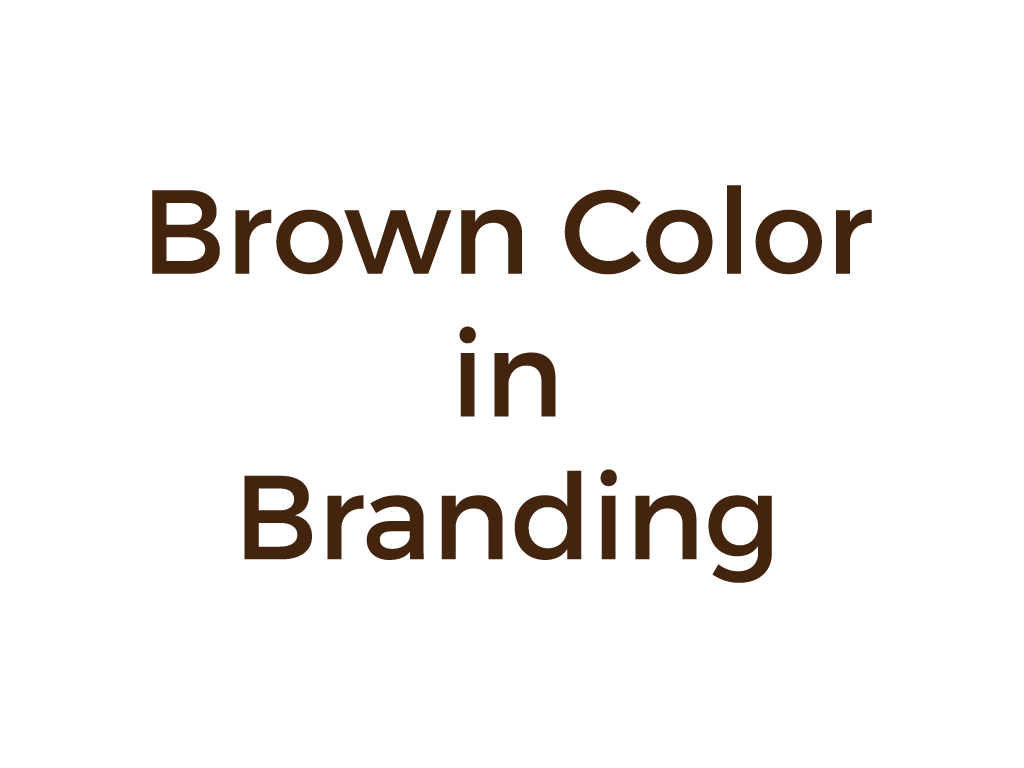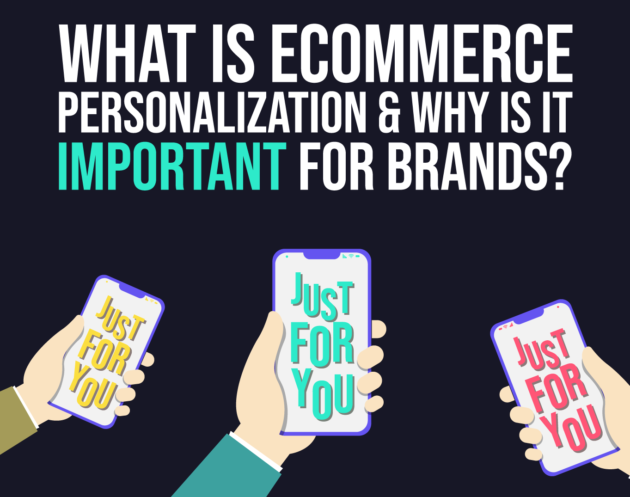The brown color is certainly not the most widely used in branding. When it comes to choosing the primary color, most brands go for the one that evokes the strongest emotion.
Designers spend a lot of time studying the psychology of color. It is a critical decision that can decide how the brand will relate to others.
We will talk more about the meaning of the brown color, and help you decide if you should use brown color for your brand.
Psychology of Brown Color
Most obvious association with this color include earth, dirt, roasted coffee beans, and chocolate.
Besides green, this is the color that is easily found in nature. As such, brands that nurture their connection with the environment and
ecology use it to convey their message.
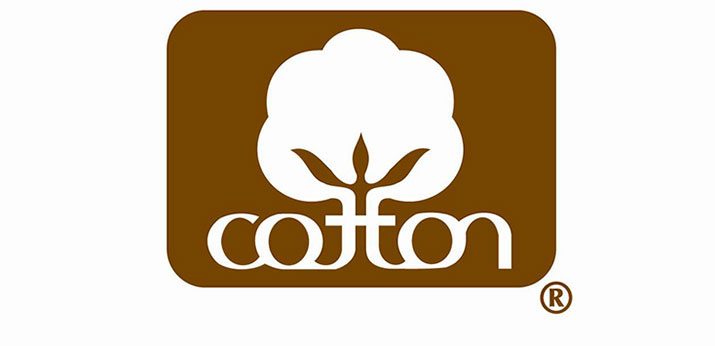
This ‘down to earth’ nature can also share the message of seriousness, reliability, and authenticity.
Some of the negative implication implications include humorlessness, heaviness, and overly conservative nature.
Famous examples of Brown Color in Branding

The United Parcel Service (UPS) is known for its brown delivery trucks and uniforms. They developed their whole identity around this color.
Main messages they are trying to send are those of reliability and order.

J.P. Morgan is one of the oldest, largest and well-known financial institutions in the world.
They have a timeless brand that they aren’t likely to change any time soon.
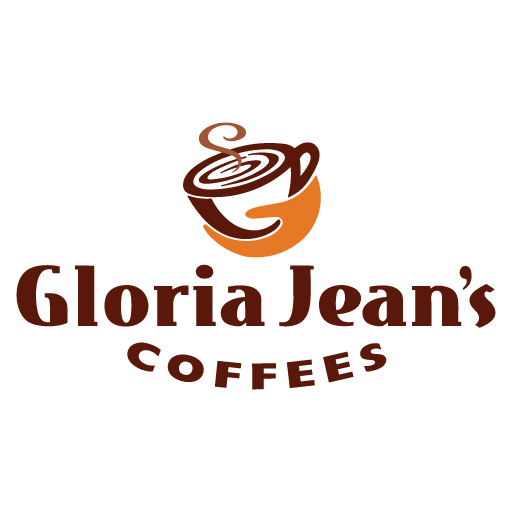
Simple and to the point, Gloria Jean’s Coffees logo makes you almost smell your morning coffee. This famous brand uses neutral colors that will give you a sense of calm and nostalgia.
